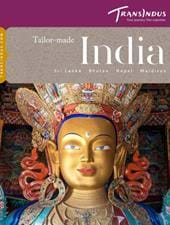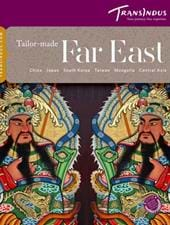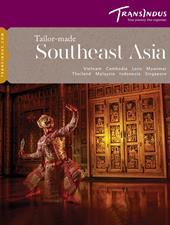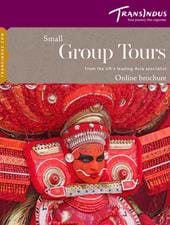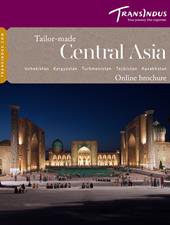The collectivization policies of the Soviet era had a devastating impact on the Kyrgyz way of life. Some aspects of the old culture, however, are enjoying a renaissance thanks to tourism – among them the art of felt making, which has revived since the country opened its doors to visitors in the 1990s.
The raw material for Kyrgyz felt is ultra-warm wool from locally reared Merino and Karakol sheep, which is picked clean, washed, soaked in soda ash, dyed, fixed, dried and rolled – all by hand, and by women, mostly at home or in small cottage workshops. For thousands of years, fabric made in this way has provided the cosy covering for nomads’ yurts: around fifty fleeces (and a year of work for the average family) were required to make just a single boyuz. Boots, slippers, childrens’ dolls and traditional ala-kiyiz hats are also still made of felt. But the most widespread use of the material these days are the strikingly beautiful shyrdak carpets you’ll see in the markets and emporia of Bishkek and elsewhere. Closely woven and boldly patterned using traditional motifs in wonderfully vibrant hues, the rugs are the ultimate souvenir of a visit to the country.
Fine examples can be browsed in the shop of the Tumar Art Group in Bishkek –an Aladdin’s Cave which your TransIndus guide will be happy to show you around. Anyone keen to see the traditional felt making process in action should also call at the Altyn Kol Co-operative in the town of Kochkor, near Song Kol Lake – an inspirational NGO that provides livelihoods for over a hundred local women.

